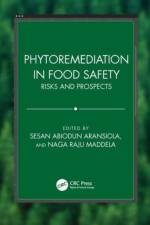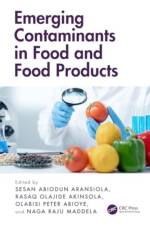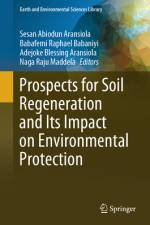av Sesan Abiodun Aransiola
2 587
In the recent years, a wide variety of new chemicals continue to be developed as a result of industrial development and associated anthropogenic activities. The microbial contaminants in the environment, more precisely, antibiotic-resistant genes/bacteria produced as a result of mutation due to antibacterial drugs, are also considered emerging contaminants and specifically called emerging microbial contaminants such as sapoviruses, Waddlia chondrophila and Streptococcus parauberis. Pharmaceuticals and Personal Care products are a diverse group of compounds that includes ibuprofen, diclofenac, triclosan, antibiotics, anti-inflammatory agents, steroidal hormones, and active ingredients in soaps, detergents and perfumes which could find their way into food materials are tagged emerging contaminants.Given this, Emerging Contaminants in Food and Food Products discusses issues around the emerging contaminants in food and food products. Different types of contaminants, such as biological, chemical, organic, inorganic and microbial contaminants in foods, ways of detecting them and regulations surrounding global food safety are all covered.Features- Discusses all the categories of contaminants in food and food products. Biological, chemical, organic, inorganic, and microbial contaminants- Provides full information on emerging food contaminants, their effect on human and animal heath, and how it affects global food security and emerging technological applications in solving global problem.- Gives detection and prevention strategies and guideline policies on emerging contaminants of foods- Bring into account global perspectives on food contaminants and health implications.Also, this volume will serve as an information hub of emerging contaminants for scientists/researchers and professionals globally. This book is a good collection of independent chapters which presents full insights in the study of emerging contamination in food and the effects of these contaminants in humans and animals.



